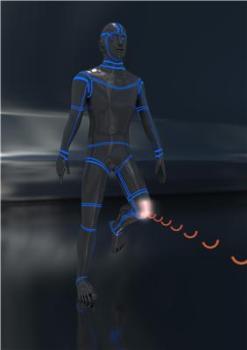Zhigang Wu of Uppsala University, in partnership with Laird Technologies’ scientists, has developed a wireless microfluidic stretchable radio frequency electronics (µFSRFE) sensor that features a traditional rigid circuit board coupled with a multifunctional antenna.
 Elastic patch stretchable antenna
Elastic patch stretchable antenna
The latest µFSRFE technologies have allowed the integration of inflexible electronics parts with channels of elastomers containing fluid metal, resulting in the production of systems that can retain their initial shape even after extreme mechanical deformation. These flexible electronics can be used with any moving and bent surfaces on a robot or a human being, thereby serving as a smart e-skin for remote control and health monitoring.
The new sensor can send the health information to a computer wirelessly. The design allows measurement of repetitive bending throughout moveable parts or a huge area remotely. The key component of the new sensor is a reversibly deformable and mechanically reconfigurable patch antenna that features two layers of microfluidic channels containing liquid metal alloy in a silicone elastomer.
The elastomer-based antenna can tolerate continual mechanical stretches, while sustaining its electrical function to some level. The antenna then retains its initial form once the stress is removed. The new sensor can be used for innovative applications.
The researchers have presented their findings in the Advanced Functional Materials.